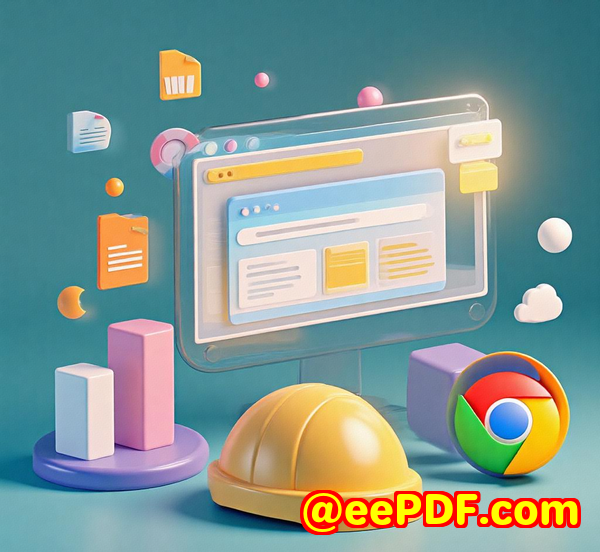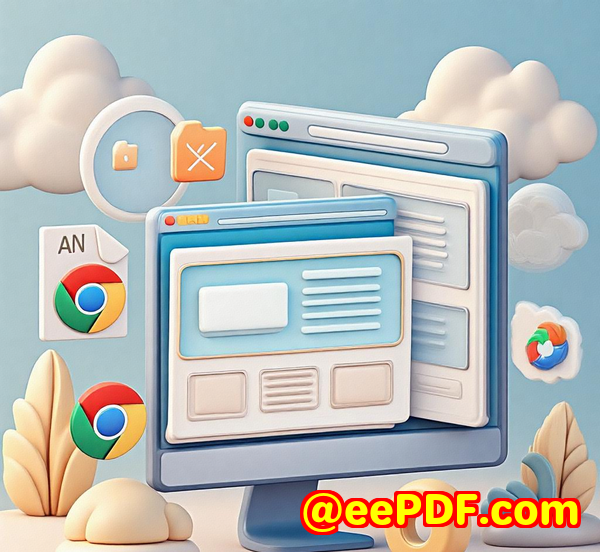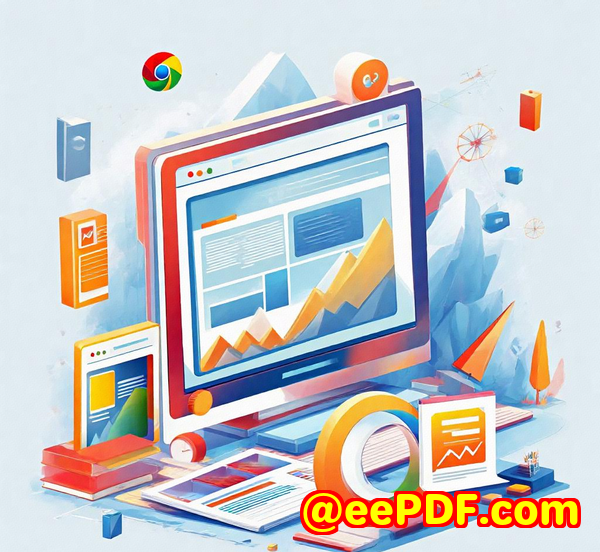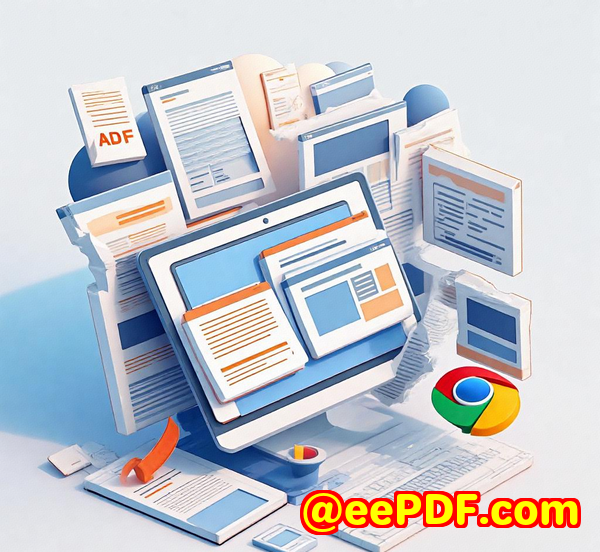How to Integrate a Barcode Scanner into a CRM or ERP Using JavaScript and REST APIs
How to Integrate a Barcode Scanner into a CRM or ERP Using JavaScript and REST APIs
Meta Description:
Need fast barcode scanning inside your CRM or ERP? Here's how I built one with JavaScript and REST APIs using VeryUtils SDK no app downloads needed.
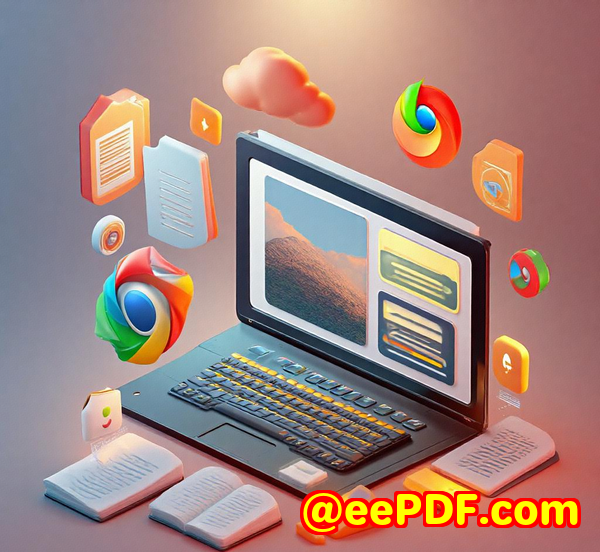
Every Monday morning, I used to dread the chaos.
Our warehouse team would hand over spreadsheets full of tracking codes, and we'd spend hours manually entering them into our CRM. Between typos, missing data, and the back-and-forth to verify codes, the whole thing was a productivity killer.
There had to be a better way.
Turns out, there was. I stumbled across VeryUtils JavaScript Barcode Scanner SDK and decided to give it a go. What followed was a total game-changer. I turned our CRM into a barcode-scanning machine using just JavaScript and REST APIs no extra hardware, no mobile app mess, just pure browser magic.
Here's exactly how I did it and why I'll never go back.
Why Barcode Scanning in the Browser Is a No-Brainer
Let's be honest.
Most barcode scanning tools are either too bulky, need a native app, or cost an arm and a leg.
What if I told you that you can:
-
Use your existing laptop or phone camera
-
Scan dozens of barcodes per minute
-
Do it all in-browser, with no installation
-
And integrate it into your CRM or ERP in under an hour?
Sounds like a stretch? I thought so too until I tried the VeryUtils JavaScript Barcode Scanner SDK.
What the VeryUtils SDK Actually Does
This SDK isn't just some toy barcode tool. It's a full-featured, enterprise-grade solution built in JavaScript, powered by WebAssembly, and crazy fast.
You get:
-
Real-time video stream scanning
-
Image file decoding (just upload and go)
-
Batch scanning up to 500+ barcodes/min
-
Support for 50+ barcode types (1D, 2D, postal codes it's all there)
-
No setup, no downloads works in Chrome, Firefox, Safari, you name it
-
Offline mode via PWA
If your users have a camera, they're good to go.
Integrating with My CRM Using JavaScript + REST API
Let me walk you through what I built.
We use a custom CRM where our fulfilment team logs inventory, scans shipping barcodes, and syncs status updates. I dropped in a simple script using js-barcode-scanner.min.js from VeryUtils.
Here's what I hooked it up to:
-
Live Camera Scanning: Our team can just press a button on the CRM screen and scan right into a form field.
-
REST API Postbacks: Each successful scan automatically hits our
/inventory/updateendpoint with the payload. -
Audio feedback: A "ping" confirms a good scan, saving time double-checking.
-
Device switcher: Want to use your phone instead of your laptop? Easy. The SDK lists all available cameras.
What stood out the most? The no-lag performance. Even with shaky hands or poor lighting, it locked onto barcodes almost instantly. That's not common with browser-based scanners.
Feature Breakdown: What Makes It Stand Out
Here's where this SDK punches above its weight:
1. Bulletproof Accuracy
I scanned a torn shipping label the other day faded and crinkled. Still got a hit. The algorithm's error correction is spot on.
2. No App Installs
No one wants to download another warehouse app. This runs straight in the browser. Our non-tech-savvy staff had zero learning curve.
3. Works Offline
This surprised me. Our warehouse has patchy Wi-Fi, but the scanner still worked smoothly thanks to its PWA support. Data synced as soon as the connection was back.
4. Multi-Barcode Scanning
We needed to log bundles with multiple items. This SDK can batch scan up to 20 codes per second. Massive time-saver.
5. Barcode Variety
From QR to Code 128 to USPS IMB it supports all of them. I didn't need to worry whether our partners used EAN or PDF417 it just worked.
Who Should Use This?
If you're:
-
Running a CRM or ERP system
-
Managing inventory, logistics, or shipping
-
Operating in healthcare, retail, or manufacturing
-
Or just need to streamline form input with barcodes
This SDK is for you.
It's especially great if your team already uses laptops, phones, or tablets. No barcode guns. No hardware integrations. Just code and go.
Real-World Use Cases That Just Make Sense
I've used it in three scenarios so far:
1. Inventory Audits
At the end of the month, our team walks down aisles scanning product tags. It used to take 2 hours with pen and paper. Now? Under 30 minutes.
2. CRM Lead Tagging at Trade Shows
We scan QR codes off badges and instantly push that into our CRM via API. No typing. No delay. Lead follow-ups happen that day.
3. Equipment Checkout System
Employees scan their ID and the gear barcode before leaving. The SDK captures both and logs the transaction with a timestamp. We've reduced lost items by 40%.
It's Not Just About Speed It's About Control
Most third-party barcode tools lock you into their ecosystem. Not this one.
The JavaScript Barcode Scanner SDK gives you the raw decoding results. You decide what to do with it:
-
Save to database
-
Trigger workflows
-
Fetch related records
-
Alert users
It's your data, your logic. You're in charge.
No More Excuses This Just Works
Honestly, I've tried other options:
-
Open-source libraries that choke on real-world scans
-
Apps that require camera permissions and weird downloads
-
Paid tools with outdated docs and clunky UX
This one's different. I had it working on day one, integrated into my CRM by day two, and scaling across teams by day five.
No support tickets. No hacks. No regrets.
You Shouldn't Be Typing in Barcodes in 2025
I'll say it straight: if your team still manually enters tracking codes, you're wasting time and money.
The VeryUtils JavaScript Barcode Scanner SDK is ridiculously easy to use, freakishly accurate, and built for real-world work.
I'd recommend this to any developer or ops lead trying to add fast barcode capture to their systems without headaches.
Try it here: https://veryutils.com/javascript-barcode-scanner-sdk
Custom Development Services by VeryUtils
Need to go even deeper? VeryUtils offers full-scale custom development for PDF, barcode, OCR, and image processing tech.
Whether you're building for Linux, macOS, Windows, mobile, or web, their team supports a wide range of stacks including:
-
Python, JavaScript, PHP, C++, C#, .NET, HTML5
-
Virtual printer drivers that output to PDF, EMF, or image formats
-
Tools to intercept print jobs and convert them into searchable archives
-
OCR-based table extraction, barcode generation, and data capture workflows
-
API hooks, Windows event logging, and document monitoring tech
If your use case doesn't fit off-the-shelf tools, they'll build something that does.
Need a custom solution? Talk to their team at: http://support.verypdf.com/
FAQs
1. Can I scan barcodes in real-time without installing anything?
Yes. It works directly in the browser using your device's camera no downloads, no setup.
2. Does it work offline?
Yep. Thanks to PWA support, it can run with limited or no internet and sync later.
3. What barcode types does it support?
Over 50, including QR codes, Code 128, PDF417, Data Matrix, and postal codes.
4. Is this secure for sensitive data?
Absolutely. The SDK runs locally and complies with modern privacy standards. No data is sent out unless you explicitly post it.
5. Can I integrate it with my existing CRM or ERP?
100%. It's built for developers. You get decoded values and can push them into your APIs however you like.
Tags / Keywords
JavaScript barcode scanner, barcode scanning in browser, integrate barcode scanner into CRM, ERP barcode scanning, REST API barcode integration, web barcode SDK, real-time barcode scanning, PWA barcode scanner, DataMatrix scanner JavaScript, QR code scanner SDK.
